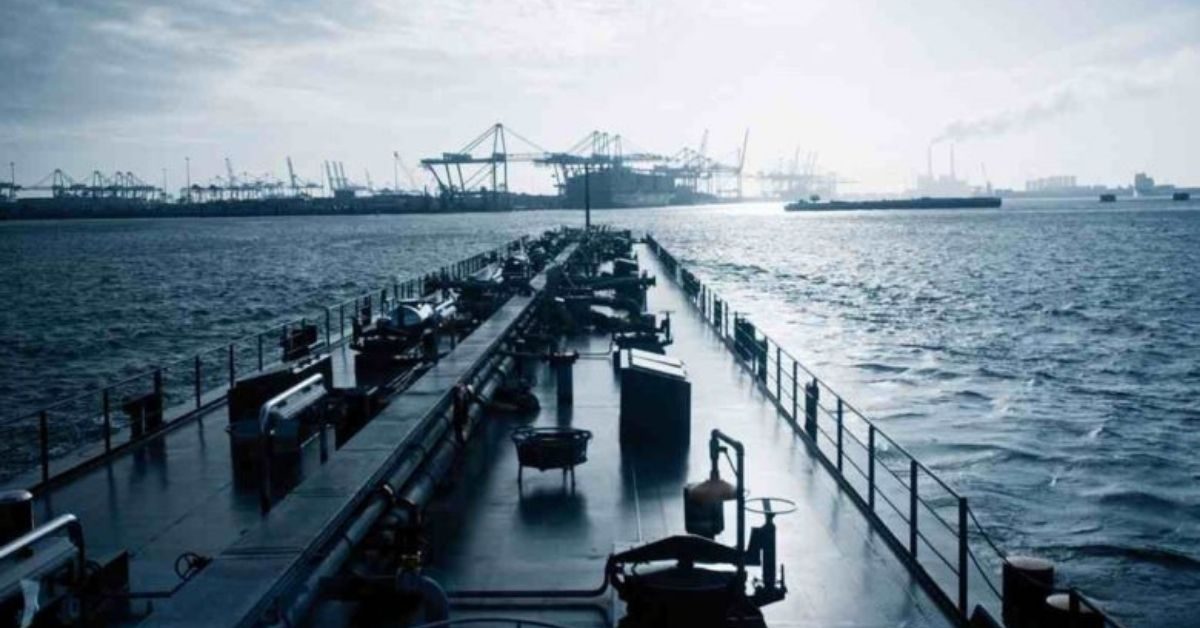Source: S&P Global
Despite the increased demand, price movements were mixed March 28. Platts, part of S&P Global Commodity Insights, assessed 0.5% marine fuel oil delivered to Kochi at $700/mt CFR, up $20/mt on the week, while in Mumbai prices fell to $698/mt, down $8/mt. In Sri Lanka, prices at Colombo were assessed at $700/mt, down $7/mt on the week, according to S&P Global data.
“Demand has substantially increased, almost by 30% across Mumbai, Kochi and Gujrat ports. Long haul vessels are calling more often now. The volumes that were being lifted at King Abdullah port, Yanbu, Djibouti and Suez Canal have now shifted to Indian and Sri Lankan Ports,” a Gujarat based trader told S&P Global.
“Longer voyages coupled with a shortage of VLSFO at some Indian ports has increased demand at Kandla and Mundra,” said a Kandla-based supplier.
The unavailability of product at the Indian port of Kochi has raised demand at Sri Lankan ports of Colombo and Hambantota. A Bunkerworld survey showed that bunker sales volume at Colombo surged by 33% to 40,000 mt/month, up from an average of 30,000 mt/month before the Red Sea Disruptions. The ports remain well supplied through consistent inflows from Fujairah and Singapore.
“For VLSFO the queries have reduced a lot as the market knows we’re out of product. Whatever prices are being quoted are only on best endeavor basis (subject to availability). With that condition, both traders and clients do not want to take any risk. We’re not getting any queries for MGO and even if we do it’s only for smaller parcels that would help cover the voyage to cheaper places,” a Kochi-based supplier said.
Supply shortages at Indian ports have also prompted India-based traders to divert their queries to Sri Lanka.
“Demand has almost doubled since January. Tightness across Indian markets during the first few weeks also helped us to capture the demand. Interestingly, we’re seeing a considerable number of inquiries for HSFO. There are three active high sulfur fuel oil suppliers in the market now,” a Colombo based trader told S&P Global.
Supply constraints continue in India
Suppliers across two major ports of India, Kochi and Mumbai, have been struggling to keep up with the required production levels VLSFO.
“Kochi remains dry. BPCL does not buy spot purchases, we might have been getting sweet crude cargoes from Mediterranean, but the crisis has disrupted cargo inflows and thus the production of VLSFO has been hit”, a BPCL official told S&P Global.
“The IOCL refinery in Gujarat underwent a partial shutdown in February while the demand surged due to the Red Sea. Initially, the refinery was producing in line with market demand. However, we found ourselves actively pursuing traders to understand why demand wasn’t picking up at Kandla port, when demand was low at the time. Consequently, we slightly reduced production”, an IOCL official told S&P Global on condition of anonymity.
“Now the production has returned to normalcy. Presently, the average volume at for VLSFO at Kandla is around 45,000 mt, HSFO ranges between 1,000-2,000 mt and LSMGO volume stand at 500 kl”, the official added.
Domestic production from government owned refineries for bunker fuels in India stands at 2 million mt/year.
“Entire production is coming from only three refineries out of which HPCL and BPCL have lowered output. On the West Coast, availability was not a problem until the Red Sea issue. Since mid-January we are facing shortages because a Mumbai-based refinery is unable to produce,” an India-based trader said.
“In Haldia, there’s high demand for product, but the supply falls short of actual requirements at the port. Monthly production of bunker fuel from the local refinery stands at 12,000 mt, whereas the port’s demand is somewhere around 15,000 mt/month. It is an old facility, so internal maintenance issues keep disrupting the regular supply flows,” said a Visakhapatnam-based trader. Top suppliers of bunker fuels in Indian Market include IOCL, BPCL and HPCL. Out of these, IOC is the largest producer of fuel oil in India with a total capacity of 1.2 million mt/year, followed by HPCL which has an annual production capacity of 150,000 mt gasoil and 350,000 mt very low sulfur fuel oil.








